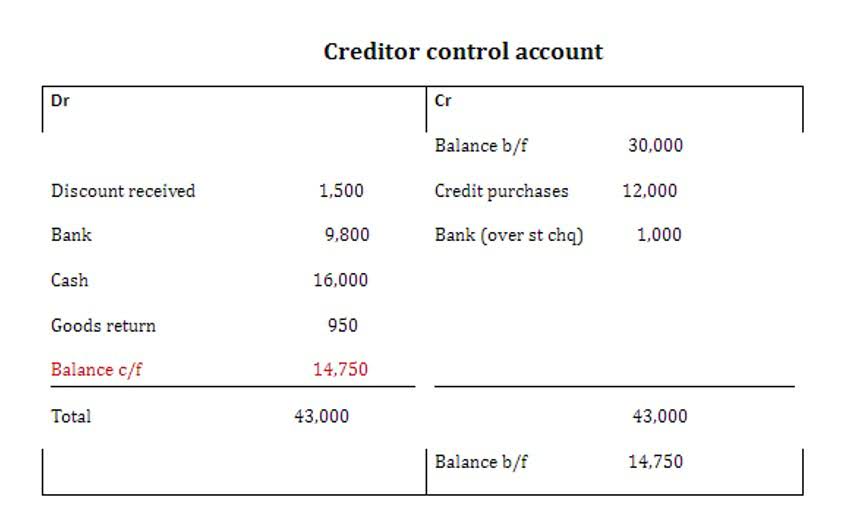
Higher debt often leads to increased interest expenses, reducing Insurance Accounting net income and impacting return on equity. This connection underlines the importance of analyzing financial statements holistically. Equity multiplier can compare the financial leverage of different companies. A company with a higher equity multiplier is more leveraged than a company with a lower equity multiplier. But XYZ Company is less leveraged than ABC Company, and therefore has a lower degree of financial risk.
Equity Multiplier Versus Other Financial Leverage Ratios
- While this can work in good economic times, it also exposes the company to higher default risk if business conditions deteriorate.
- Equity multiplier can compare the financial leverage of different companies.
- In other words, the equity multiplier shows the percentage of assets that are financed or owed by the shareholders.
- While this can boost returns during good times, it also increases risks should operating income fall.
- This is because it is calculated by dividing total assets with total equity.
- This provides more of a buffer for creditors should conditions deteriorate.
Effective management of financial leverage is crucial for maintaining a healthy balance between risk and return. Companies can manage their equity multiplier by carefully controlling the level of debt they take on relative to their equity. Strategies such as refinancing high-interest debt, reducing unnecessary expenses, and improving operational efficiency can help manage and optimize the equity multiplier. The Equity Multiplier ratio measures the proportion of a company’s assets funded by its equity shareholders as opposed to debt providers.

Interpreting High vs. Low Ratios
It helps stakeholders understand how a company is financing its operations and growth. By providing a clear picture of the balance between debt and equity in a company’s capital structure, the equity multiplier assists in evaluating the risk and potential return on investment. Equity multiplier is a leverage ratio that measures the portion of the company’s assets that are financed by equity. It is calculated by dividing the company’s total assets by the total shareholder equity. In conclusion, what are retained earnings the equity multiplier provides valuable insights into the balance between debt and equity financing.
How to Calculate the Equity Multiplier

A high use of debt can be part of an effective business strategy that allows the company to purchase assets at a lower cost. This is equity multiplier the case if the company finds it is cheaper to incur debt as a financing method compared to issuing stock. If you see that the result is similar to the company you want to invest in, you would be able to understand that high or low financial leverage ratios are the norm of the industry. The financial analysts, investors and management use this metric of equity multiplier ratio to evaluate the risk profile of the business.
Equity Multiplier vs Other Financial Ratios: A Comparative Analysis
- Higher debt often leads to increased interest expenses, reducing net income and impacting return on equity.
- Apple is more susceptible to changing economic conditions or evolving industry standards than a utility or a traditional telecommunications firm.
- There can be times when a high equity multiplier reflects a company’s strategy that makes it more profitable and allows it to purchase assets at a lower cost.
- From a credit risk perspective, if a firm has a high degree of leverage, then it is more likely to default on its obligations, making it a higher credit risk.
- However, excessive leverage, marked by a high equity multiplier, increases risk and may lead to financial instability during economic downturns.
It indicates how much debt financing a company is using to fund its asset base. A higher equity multiplier indicates higher financial leverage and more assets relative to equity. This can mean higher potential returns for shareholders but also higher financial risk. In summary, the equity multiplier is a useful metric for assessing financial risk and analyzing how profitable a company is relative to shareholder investments. Understanding this formula can provide helpful insight into a company’s financial leverage, efficiency, and value creation ability.

Recent Comments